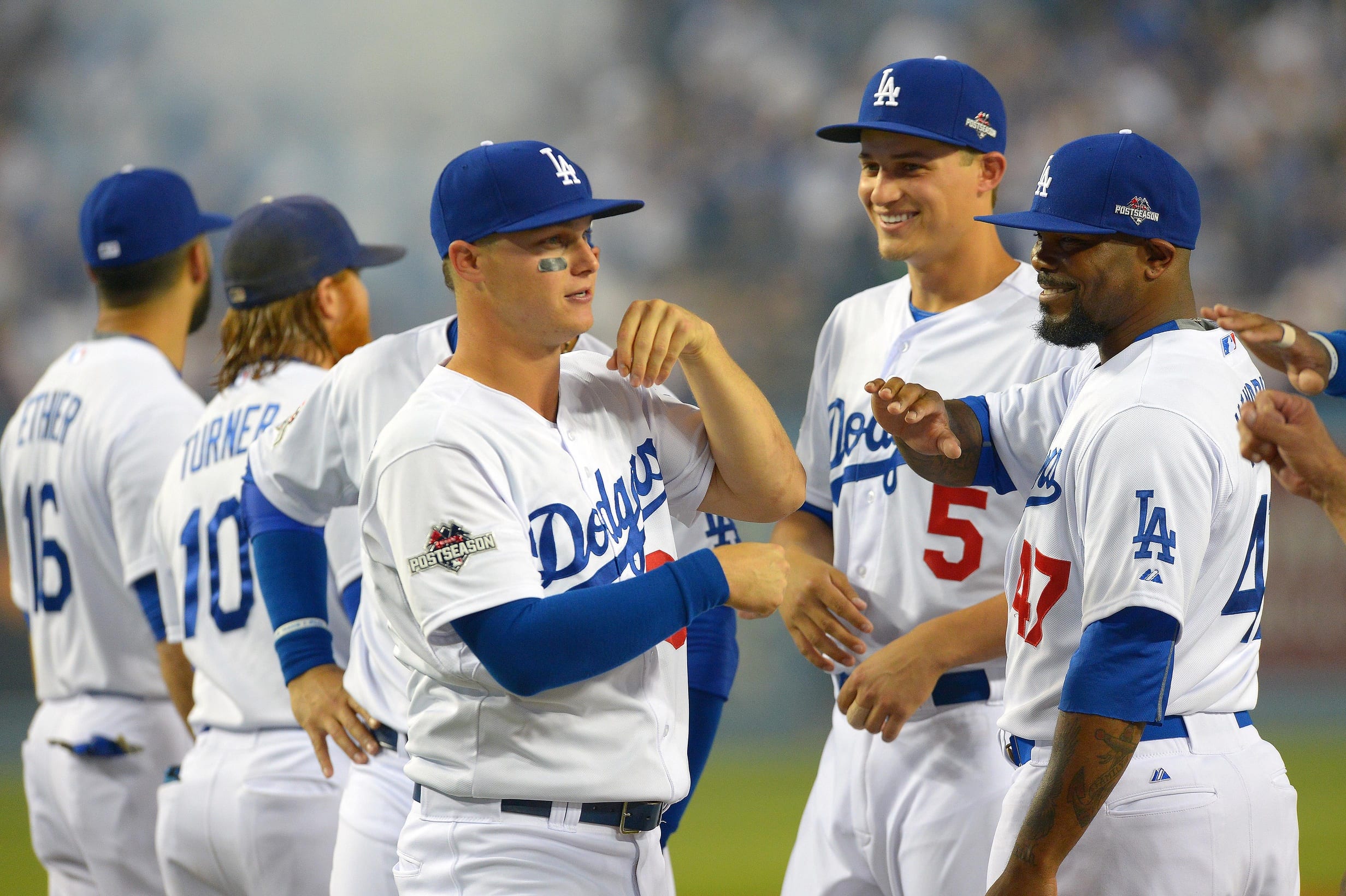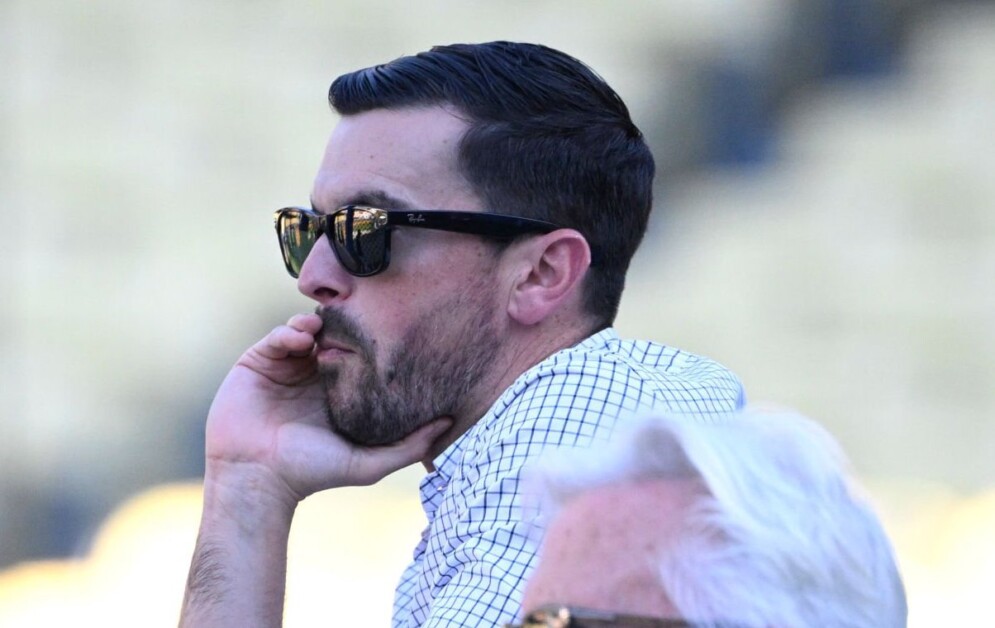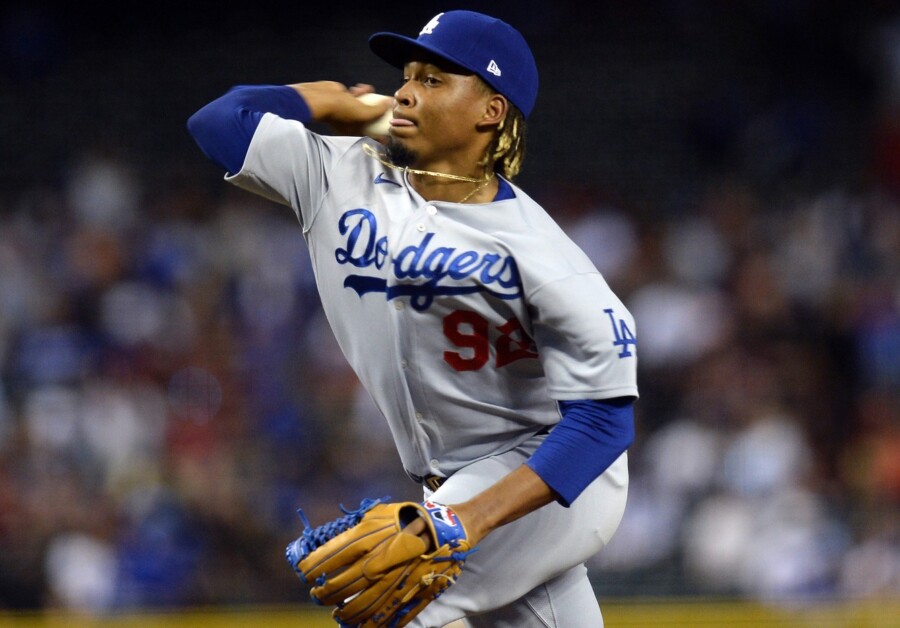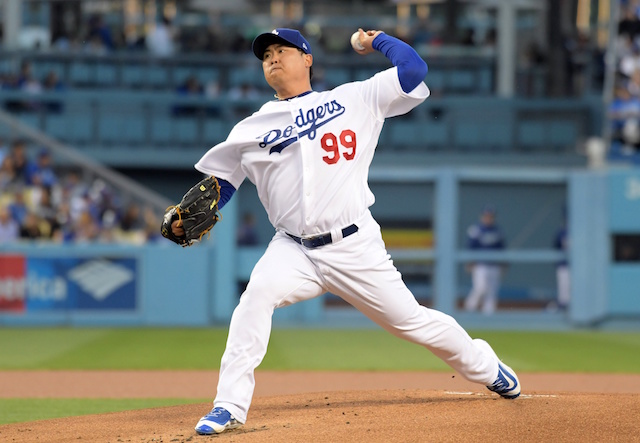
Los Angeles hit 10 more home runs than the NL Champion New York Mets this year, but once the postseason rolled around the Mets overpowered the Dodgers by clubbing seven home runs to just two from Los Angeles batters in the NL Division Series.
When the long ball was needed most, the power dried up for the Dodgers in the playoffs. Meanwhile, the Mets finished with 20 home runs in their postseason run.
While the Royals may not be a big power club, they do know how to combine their superior defense with aggressive and thoughtful offense. Kansas City collected plenty of hits (second to the Chicago White Sox in 2015 with 1,497) and struck out the least in all of baseball (973).
The Royals also stole a ton of bases (104; fifth-most overall), and they only got caught stealing 34 times all year.
The Dodgers relied on slugging home runs or drawing walks (their 563 walks was third-most in the Majors), and their base running was poor for most of the season until about the time Ron Roenicke was brought in as third base coach.
The Dodgers only stole 59 bases all season (19 pre All-Star break and 40 post All-Star break) but were caught stealing 34 times.
Hopefully with more playing time for younger and faster players like Peraza in 2016 along with some new coaching, the Dodgers can continue to find improvements in their base running which we saw develop in the second half of last season.
The most valuable takeaway from the World Series win by the Royals is being able to rally from behind (with some luck thrown in for good measure) is a team attribute in which the Dodgers should strive for.
While they were improved when compared to the 2014 club, there weren’t many late comebacks by the Dodgers last season. Moreover, a world champion evidently can be a relentlessly consistent hit machine rather than a power hitting ball club like most of the Royals’ AL counterparts.
With a fresh outlook from a newly appointed manager and coaching staff, the Dodgers look to go younger and apply different strategies in order to strengthen the weaknesses in the roster.
By learning from the success of the Royals, the Dodgers can still retain their power but also add speed and versatility in the lineup in order so that they are not wholly dependent on the homerun ball and have the ability to come-from-behind and manufacture runs when needed.
Patience with the young players will also be important to the Dodgers, who are still tinkering with Pederson’s swing, waiting on the maturing of Urias and on the cusp of solidifying a middle infield which could include Seager, Bellinger and Peraza in the near future.
Covering third base on a shift will not be an issue for the future Dodgers, but we will have to be patient with the journey to get there.







